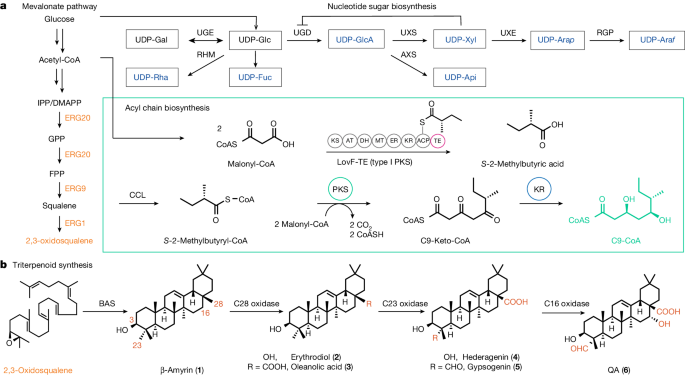2024-05-08 ワシントン州立大学(WSU)
<関連情報>
- https://news.wsu.edu/press-release/2024/05/08/thc-lingers-in-breastmilk-with-no-clear-peak-point/
- https://www.liebertpub.com/doi/10.1089/bfm.2024.0021
ヒト乳汁中のカンナビノイド濃度と母体因子との関連: 授乳とカンナビス(LAC)研究 Human Milk Cannabinoid Concentrations and Associations with Maternal Factors: The Lactation and Cannabis (LAC) Study
Elizabeth A. Holdsworth, Anna Berim, David R. Gang, Janet E. Williams, Caroline B. Smith, Beatrice Caffé, Olivia Brooks, Celestina Barbosa-Leiker, Mark A. McGuire, Michelle K. McGuire , and Courtney L. Meehan
Breastfeeding Medicine Published:2 May 2024
DOI:https://doi.org/10.1089/bfm.2024.0021

Abstract
Background and Objectives: As cannabis use increases among reproductive-aged women, there is a growing need to better understand the presence of cannabinoids in milk produced by women using cannabis. It is unclear how concentrations of cannabinoids such as delta-9-tetrahydrocannabinol (Δ9-THC) persist in milk after cannabis use and what factors contribute to variation in milk Δ9-THC concentrations. Our objectives were to measure cannabinoids in human milk following cannabis abstention, after single and repeated instances of cannabis use, and identify factors contributing to concentration variation.
Methods: The Lactation and Cannabis (LAC) Study prospectively observed 20 breastfeeding participants who frequently used cannabis (≥1/week), had enrolled <6 months postpartum, were feeding their infant their milk ≥5 times/day, and were not using any illicit drugs. Participants collected a baseline milk sample after ≥12 hours of abstaining from cannabis and five milk samples at set intervals over 8–12 hours after initial cannabis use. Participants completed surveys and recorded self-directed cannabis use during the study period.
Results: Δ9-THC peaked 120 minutes after a single instance of cannabis use (median, n = 9). More instances of cannabis use during the study period were associated with greater Δ9-THC area-under-the-curve concentrations (ρ = 0.65, p = 0.002), indicating Δ9-THC bioaccumulation in most participants. Baseline Δ9-THC logged concentration was positively associated with self-reported frequency of cannabis use (b = 0.57, p = 0.01).
Conclusions: Cannabinoids are measurable in human milk following cannabis use, and concentrations remain elevated with repeated cannabis use over a day. Substantial variation in Δ9-THC milk concentrations reflects individual differences in characteristics and behavior, including average postpartum frequency of cannabis use.


